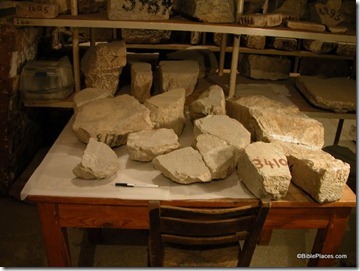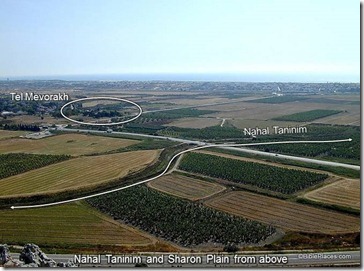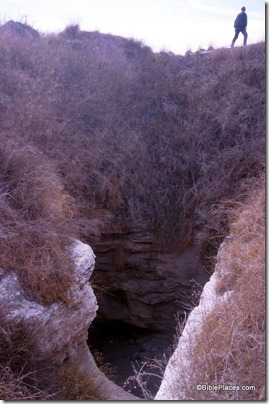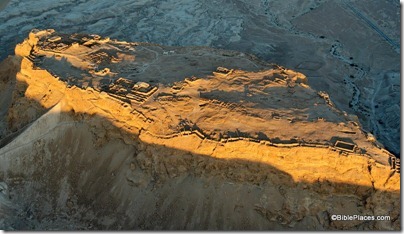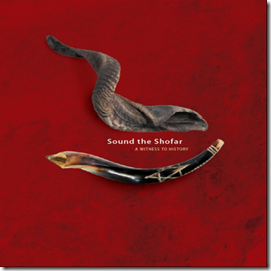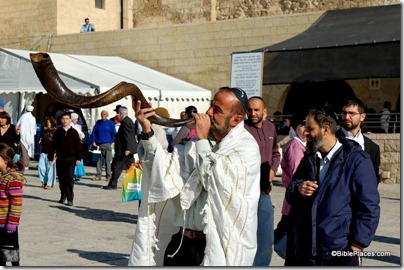In the old days, if you wanted to know how to spell something, you looked it up in the dictionary. If you were looking for a technical term or a proper noun, you might require a specialized dictionary.
Because the names of biblical sites are transliterated from other languages, and because time and tradition play a role, one often cannot say that there is “one right way” to spell a place name. In the
case of biblical site names, there are several approaches to determining the best spelling.
The first approach is to check with the authorities. I have often used the NIV translation as my standard. Recent scholarly Bible dictionaries are also good resources.
A second approach is to determine what is most popular. I’ve used Google on many occasions to see which form is more widely used. Since what is “correct” in spelling is largely a matter of usage, this is less problematic than it might first appear.
Another approach combines the best of the other two methods. By searching the scholarly literature, one can determine which is most widely used by the experts. Since my goal, in the projects I am working on, is to use names that are most common in the field, this has proven to be a worthy approach.
By how does one search the work of experts? I use Logos 4 to search my entire library for a given spelling of a word. I confess that I owned the program for a year before I gave this a try, having been so traumatized by searches in Logos 3 that seemed to take weeks and months. But Logos 4 is almost as quick as Google. Because my library contains many of the best reference works in biblical history and geography, I have instant access to the way that the experts spell a word.
So how does one spell Beth Shean, Beersheba, or Michmethath? Opinion is often divided, but knowing who and how many prefer a spelling usually helps me to make a good decision. Here is what I found by running searches on some more popular terms.
- Beth Shan or Bet Shean?
- The older sources tend to prefer the latter, while the newer works favor the former.
- En Gedi or Ein Gedi?
- The former gets 1,700 hits and the latter 500.
- Succoth or Sukkoth?
- The former is the place name; the latter is an autumn feast.
- Beersheba or Beer Sheba?
- (The former gives 4,800 hits and the latter 3,700. Many Bible dictionaries prefer Beer-Sheba.)
- Elath or Eilat?
- The biblical name is the former; the modern city is the latter.
- Medeba or Madaba?
- My Logos library is consistent with the former but notes that Wikipedia uses the latter.
- Michmethah or Michmethath?
- The latter has the clear edge.
Here is a screenshot of what a Logos search looks like for “Beth Shean.”

You can use this approach also to identify clear misspellings. No one would claim that Meggido is correct, despite the fact that this spelling can be found in ABD, ISBE, EDB, HALOT, some issues of BA and BAR, commentaries in Hermeneia and NIGTC, and Neusner’s translation of the Talmud.
(One can hope that publishers in the future will take advantage of computer technology to reduce misspellings.)
I’m happy to have found a new, quick method to determine the best way to spell names of biblical sites in English. If you don’t already own a library in Logos or the Mac program Accordance, I wouldn’t claim that it’s worth investing in one just for this, but for those who already committed, this may be a useful tip. Google Books may be another alternative, although I have not checked to see if they include the resources I would consider most authoritative.
Instructions for Logos users: Open program. Click the “Search” button. Make sure “All Text” and “Entire Library” are selected. Then type in search term. Wait 0.59 seconds.
